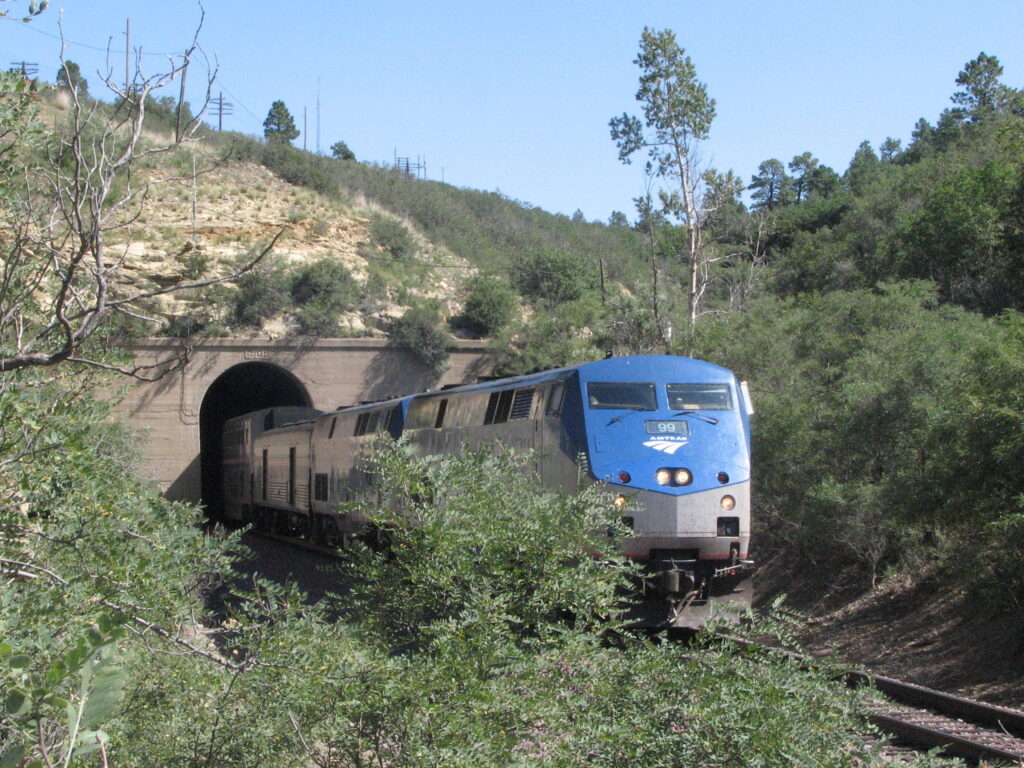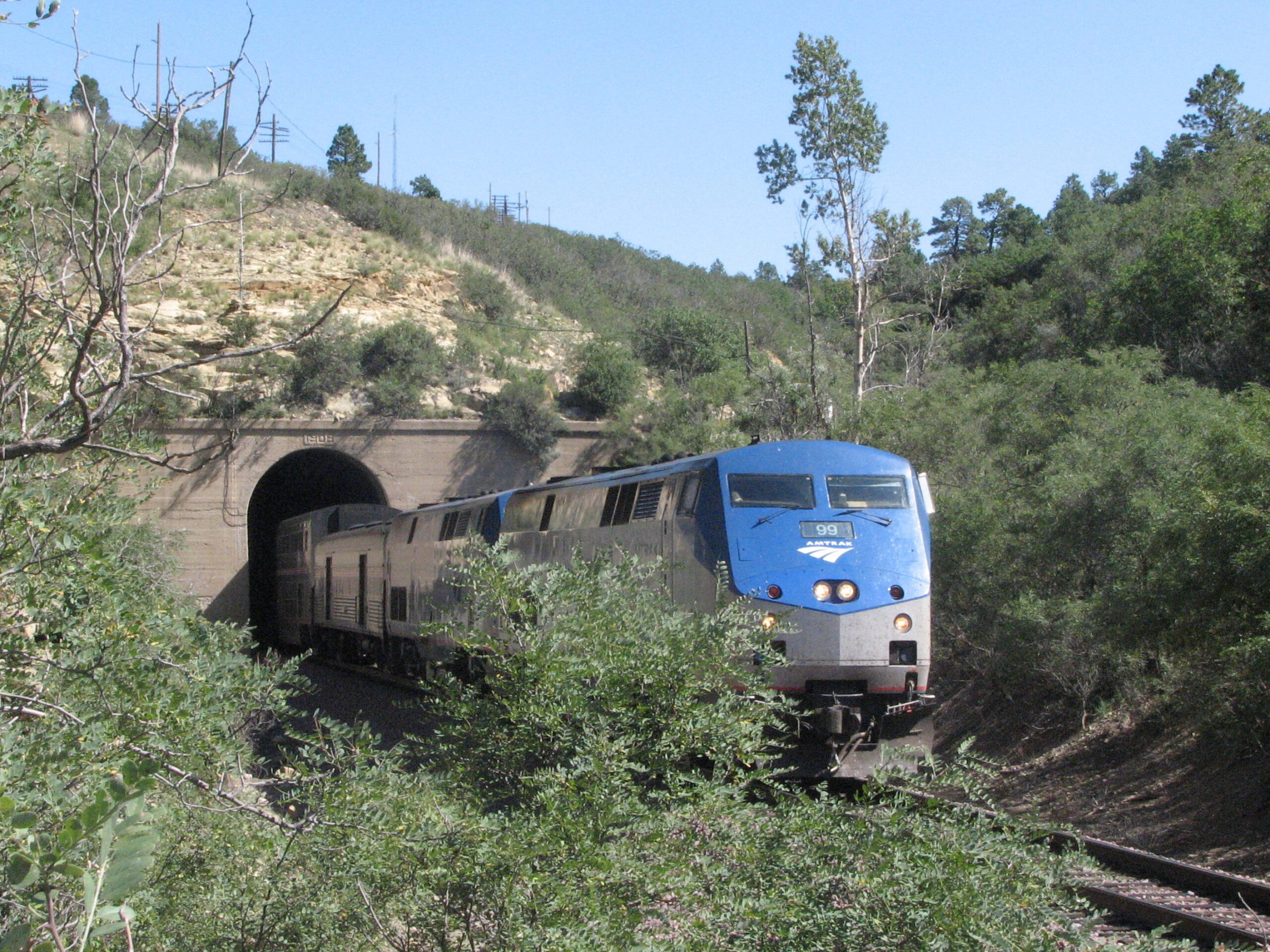– $11.5 million will stabilize and improve Colorado – New Mexico segment
WASHINGTON – Amtrak, committed to the national network of long-distance, interregional trains, is thanking the Federal Railroad Administration for a $5.6 million Consolidated Rail Infrastructure and Safety Improvements (CRISI) grant to stabilize and rehabilitate the route of the Amtrak Southwest Chief in Colorado and New Mexico. Combined with $4.9 million in Amtrak federal funds set aside for this service and $1 million from the New Mexico Department of Transportation (NMDOT), a total of $11.5 million will be invested from Trinidad, Colo., to south of Lamy, N.M.

This is the fifth federal grant for the route segment in these two states and Kansas. There is still a significant need for component renewal and restoration of the line to bring it to a more robust condition. When these improvements and others are complete, it will remain a productive route for decades to come.
Between 2016 and 2020, Amtrak has committed $15.8 million in direct funding for the route of the Southwest Chief, and an additional $12.8 million in matching funds to previously awarded federal grants. Amtrak has also invested between $4 and $8 million annually in this segment, outside of any grant programs, including selective installation of ties, replacing bolted rail in curves, and bridge or culvert repair.
“Starting in 2014, a team of elected and private officials formed a coalition with Amtrak that has been successful as shown by matching funds from the states and Amtrak, the political backing for the train by the region’s Congressional delegation, and the continued support by the cities, counties, and communities alongside the railway,” said Bill Flynn, Amtrak President & Chief Executive Officer. “Our past and current investments, from Kansas through Colorado and New Mexico, demonstrate our commitment to the Chief route and also preserve this segment for eventual inclusion in a north-south connection along the Front Range between Denver and Albuquerque, via Colorado Springs and Pueblo.”
Most of the trackage is owned by Burlington Northern Santa Fe Railway, which has been moving its traffic to less mountainous routes. The arid weather conditions and low freight tonnage since 2008 have allowed the right-of-way to remain in stable condition despite its advancing age. Amtrak, NMDOT and BNSF have identified critical areas where investment in the route infrastructure will improve its condition and enhance safety such that more efficient and productive maintenance dollars can be applied to it annually. Additional federal grant applications are expected to be sought.
Project engineering and construction under this CRISI grant will be carried out by the BNSF Railway Engineering Department and the Rio Metro Regional Transportation District, the latter which manages the NMDOT infrastructure. Work is expected to begin in 2021 and carry into 2022.
New ties will be installed on a 31-mile section south of Raton Pass and another six-mile segment in New Mexico, more than 12 miles of bolted rail will be converted to welded rail between Lamy and where Rio Metro’s Rail Runner commuter traffic diverges to Santa Fe, and the decks of two bridges will be rebuilt, along with three grade crossings.
BNSF commissioned a geotechnical assessment to provide recommendations for the reduction of rockfall hazards at Raton Pass, Glorieta Pass and Shoemaker Canyon. The grant will fund additional stabilization and protection measures. BNSF’s 3.3 percent Raton Pass grade is only used by Amtrak trains and is the steepest rail route in regular U.S. use. It is has been a National Historic Landmark since 1960 and is at an elevation of 7,834 feet.

The Southwest Chief (Trains 3 & 4) operates 2,265 miles between Chicago and Los Angeles, via Kansas City and Albuquerque, and also provides access to the Philmont Scout Ranch (northeast New Mexico’s largest employer), the Grand Canyon and Las Vegas.


